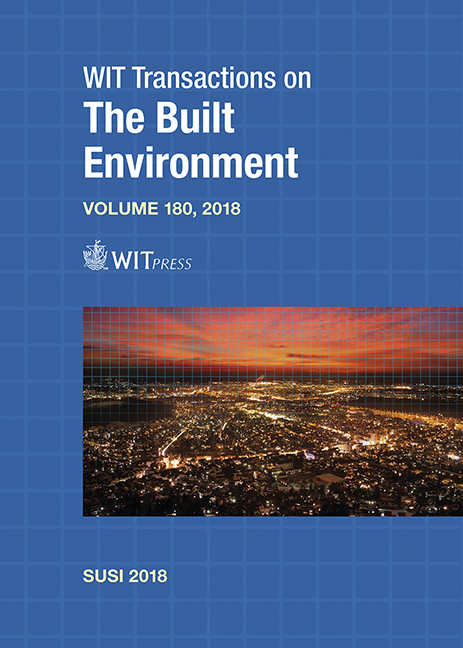APPROACHES FOR THE CALCULATION OF RAYLEIGH DAMPING COEFFICIENTS FOR A TIME–HISTORY ANALYSIS
Price
Free (open access)
Transaction
Volume
180
Pages
11
Page Range
227 - 237
Published
2018
Paper DOI
10.2495/SUSI180201
Copyright
WIT Press
Author(s)
VITALIY SERGEEVICH GERASCHENKO, ANDREY SERGEEVICH GRISHIN, NATALY IGOREVNA GARTUNG
Abstract
Direct numerical integration of the differential equations of motion is widely used to analyse a structure behaviour under the action of seismic loads. Whatever the reason is, an engineer is faced with a problem of calculating Rayleigh damping coefficients. In the direct method, a damping matrix is formed by a linear combination of the mass and stiffness matrices multiplied by Rayleigh coefficients α and β respectively. To calculate the damping coefficients α and β, an engineer need two circular frequencies (ω1, ω2) defining the frequency range which contribute to the response of the structure and a damping ratio (ξ). As far as one knows, Rayleigh damping coefficients have significant impact on the structure response to seismic loads therefore the design values of the damping coefficients should be justified. When the modal superposition method is used, the engineer is able to account accurately for damping, because one can use a material-damping ratio (fraction of critical damping). In this paper, the authors carry out time-history analyses of a fixed base building subjected to seismic loads by the modal superposition and direct integration methods. In the direct method, damping properties of the building are taken into account with Rayleigh damping coefficients calculated on different approaches. The building response to seismic loads are compared by the response spectra calculated upon the time-histories retrieved from the modal superposition and direct methods. The least conservative approach of calculating damping coefficients is proposed for the time-history analysis with Rayleigh damping.
Keywords
Rayleigh, damping coefficients, time-history analysis, calculation, response spectrum, FEM, direct method





